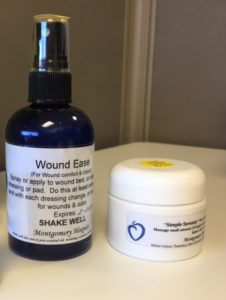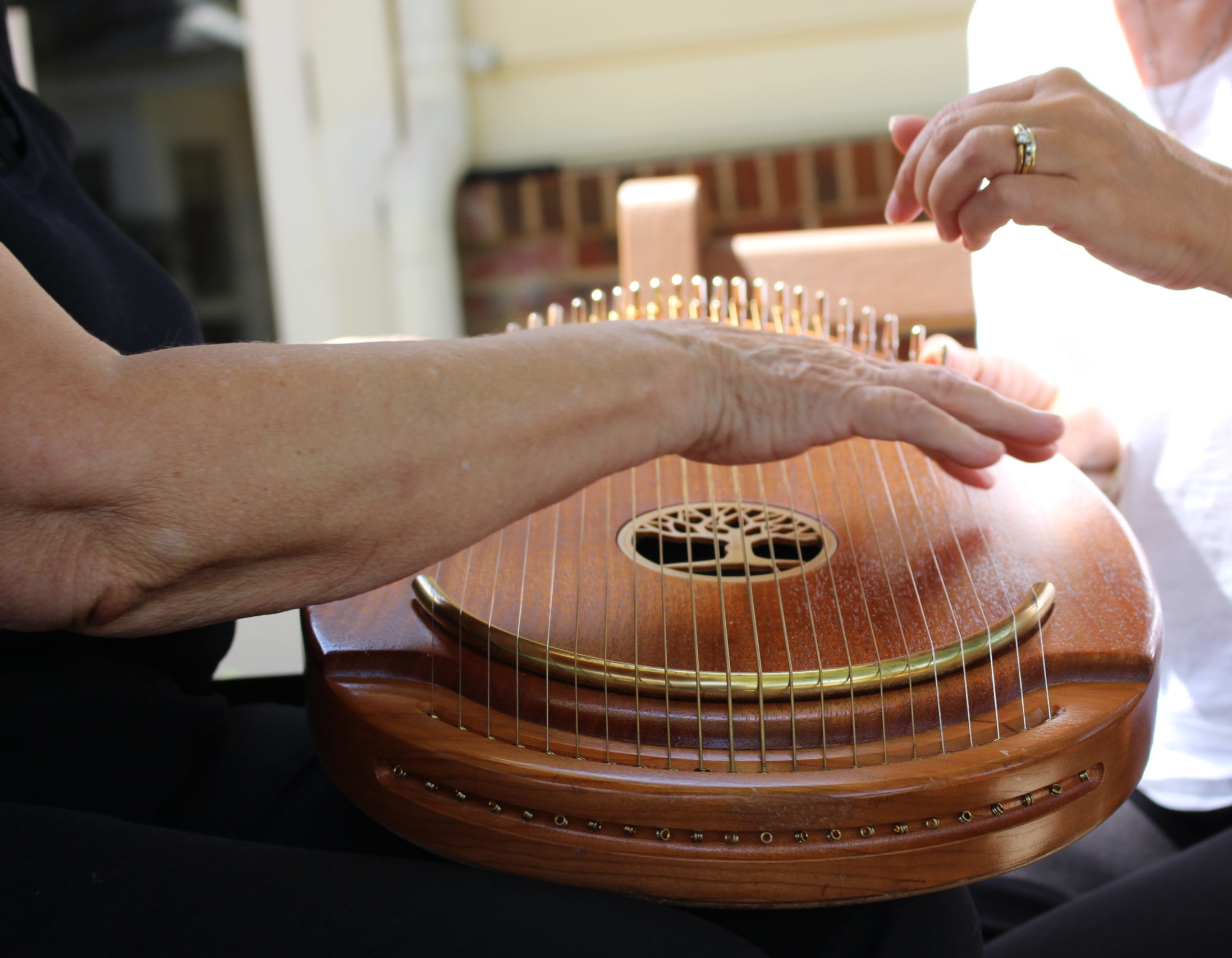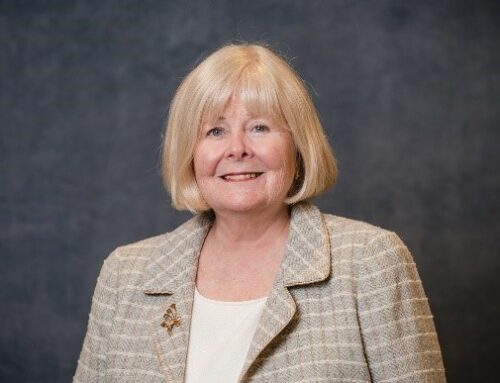“Your visit is the one thing I look forward to each week. When you’re here, I don’t have to think about my disease. For that one hour, I feel human again.”
What are Complementary Therapies?
Complementary Therapies are non-pharmacological interventions that enhance and support conventional medical care. Holistic in nature, these therapies allow direct connection through the senses to body, mind, and spirit, engaging one’s inner resources to facilitate healing and comfort. Examples include massage / touch therapies, aromatherapy, music therapy, art therapy, biofield (or energy) therapies such as Reiki, as well as guided imagery, mindfulness, and animal companionship.
Hospices worldwide have been integrating complementary therapies into their programs for many years, to:
- directly support pain relief and symptom management in all domains (physical, psychological, spiritual);
- reduce fear, anxiety, and grief for both patients and caregivers;
- allow non-verbal communication and establish trust via the senses;
- provide a culturally diverse spectrum of services; and
meet an increasing demand for such options.
Complementary therapies are particularly appropriate to hospice care, which seeks to address the whole person and to customize care for each patient and family.
While complementary therapies may not be right for every patient, one or more of these therapies may be extremely meaningful and possibly the one therapeutic service most desired as patients navigate the last chapter of their lives. For example, consider:
- the family whose strong desire is for their actively dying mother to receive touch therapy
- the patient struggling to accept her terminal diagnosis who does not connect with traditional spiritual or psycho-social counseling but benefits significantly from Reiki
- the pediatric patient who cannot communicate but is visibly calmed by music therapy
- the patient who refuses pharmaceuticals but loves essential oils
- the estranged siblings of a dying parent for whom music therapy breaks down barriers and builds a bridge
- the ALS patient for whom palliative massage is the sole source of pleasure

Montgomery Hospice and Prince George’s Hospice aromatherapy blends
At Montgomery Hospice, Inc., our Complementary Therapies program has evolved into a unique combination of skilled professional staff and robust volunteer participation.
Clinical experts – a licensed massage therapist (LMT)/Reiki Master, a board-certified music therapist and clinical aromatherapists – anchor each of our therapeutic fields: touch, music and aroma. The knowledge of this core group is leveraged by maximizing the use of volunteers trained or specializing in aspects of these modalities, such as Comfort Touch®, Reiki, and Threshold Choir singing. Additionally, all volunteers and staff are trained in lavender oil hand massage, a simple but effective technique combining touch and aroma.
Complementary interventions over a short period of time can sometimes produce results more effectively than traditional medications alone. The synergistic effect of combining both complementary and conventional care speaks to the potential of truly integrative health care. Montgomery Hospice, Inc. is proud of our Complementary Therapies program, and we stand ready to offer our patients and families the additional, powerful dimension of whole person care afforded by complementary therapies.
After finding creative ways to offer services remotely during the pandemic, the staff licensed massage therapist and board-certified music therapist are now back in the field seeing patients. To learn more about our Complementary Therapies program, visit www.montgomeryhospice.org/services/complementary-therapies/ |

© 2021, Sandra Lavengood, LMT, MHSA
Complementary Therapies Manager
Montgomery Hospice and Prince George’s Hospice



